Tea etiquette is not only reflected in brewing techniques and hospitality, but also in the tea drinker's demeanor and appearance. Grooming and hairstyle, as a direct expression of one's personal image, not only demonstrate respect for tea and others, but also an outward expression of inner peace and cultivation. For tea drinkers, appropriate grooming and hairstyle blend seamlessly with the elegant atmosphere of a tea ceremony, imbuing the event with a sense of ritual and aesthetic value. This article will detail the grooming and hairstyle guidelines for tea drinkers from four perspectives: the cultural connotations of tea etiquette, grooming standards, hair care, and appropriateness for the occasion, to help you project a calm and elegant demeanor during teatimes.
1. The Connotation of Grooming in Tea Etiquette: Why Appearance and Hairstyle Matter?

2. Grooming Standards for Tea Practitioners: Attention to Details in Cleanliness and Naturalness
Basic Cleansing: The face should be washed and dried, avoiding oiliness or sweat stains. Especially when approaching the tea table during brewing, a clean face can give a sense of comfort. If there is facial hair, it should be trimmed neatly; men can shave daily to keep the face fresh; if women wear makeup, "light makeup" is appropriate, that is, a thin foundation with natural lip color, avoiding heavy makeup - excessive makeup may conflict with the simple temperament of tea and may mix with the aroma of cosmetics when approaching to smell the tea.
Eyebrow and Eye Grooming: Eyebrows should be neat without mixed hair. Women can properly trim their eyebrows but avoid over-drawing; spectacle lenses should be wiped clean without fingerprints or stains, ensuring clear vision while maintaining a neat appearance.
Oral Care: There are frequent communication and tasting in tea affairs, so oral hygiene and freshness must be maintained. You can rinse your mouth in advance and avoid eating strong-flavored foods; if necessary, you can prepare elegant mints (avoiding strong flavors that affect tea taste judgment) to ensure freshness when communicating with tea friends or explaining tea knowledge.
Cleaning and Trimming: Nails should be trimmed neatly, not exceeding the fingertips, avoiding long nails that hide dirt or scratch tea sets during operation. Nail seams should be cleaned, and bright-colored nail polish should not be applied - transparent or light-colored nail oil is acceptable, but strong colors will distract attention from the color of the tea soup and conflict with the elegant style of the tea table.
Skin Condition: Hand skin should be kept moisturized to avoid dry and flaky skin affecting operating feel; if there is a wound, it should be properly treated, and if necessary, a breathable band-aid should be worn to ensure hygiene and operational safety. Hands should be washed with warm water before brewing to avoid cold water stimulating hands and causing stiff movements.
3. Hairstyle Management for Tea Practitioners: Neat and Appropriate, Suitable for Both Movement and Stillness
Core Requirements: Hair should be clean and odor-free, with an overall neat hairstyle without obvious frizz or mess. The key is "non-interference with operation", that is, hair should not fall to block vision when bowing to brew tea, and hair strands should not fall into tea sets or the tea table when raising hands to pour water. This is the primary practical criterion for tea affair hairstyles.
Style Adaptation: The hairstyle style should coordinate with the tea event scene. Daily tea practice can be simple and casual, while formal tea parties require more refined and neat styles. Generally, it is guided by "Oriental aesthetics", reflecting a reserved and dignified temperament, avoiding exaggerated styles (such as overly fluffy perms, bright hair dye) or excessive decorations.
Short Hair: Short hair that is shoulder-length or shorter should be combed neatly, and hair wax can be lightly applied to the ends to avoid frizz; if bangs are too long, they can be trimmed to not block vision, or fixed to one side with an elegant hairpin to ensure a clean forehead when bowing.
Medium-Length Hair: The "half-up style" is most recommended - tie up and fix the hair on the top and sides, with the ends hanging naturally, retaining soft lines while avoiding falling; or use a wide headband or elegant hairpin to gather hair at the back of the head, with moderate tightness without pulling the scalp, balancing beauty and practicality.
Long Hair: It should be completely tied up, and can be styled into a low ponytail, bun, or ball head, with the position suitable for not touching the tea table when bowing. Avoid high ponytails that Shake too much when turning around or bowing. Black or brown hair ties can be used for fixing, and hair ropes with colors similar to hair color appear neater; buns can be paired with simple wooden hairpins or jade hair accessories, but avoid excessive and heavy decorations.
Short Hair Styles: Hair should not be too long, with sideburns and nape hair trimmed neatly. The hair on the top can be slightly styled but avoid being fluffy and messy, presenting an overall "fresh and not deliberate" state.
Detail Attention: Avoid long bangs blocking vision, and forehead hair should be trimmed above the eyebrows; if hair is naturally curly, it should be combed neatly to avoid frizz and fluffy a small amount of hair gel can be used to fix the hairstyle, but avoid the stiff "hard" effect.
Avoid Loose Hair Strands: Whether it's broken hair or long hair, any hair that may fall must be fixed to prevent falling into the tea soup or tea sets, which is both unhygienic and destructive to beauty.
Reduce Exaggerated Decorations: Hair accessories should follow the principle of "less but refined", avoiding eye-catching decorations such as sequins, large flowers, and metal chains. Log, jade, and plain fabric hair accessories with simple materials are recommended to blend with the tea table temperament.
Reject Odors and Dandruff: Hair should be washed to avoid oil or sweat odors; if there is dandruff, it should be treated in time, and anti-dandruff shampoo can be used to prevent white dandruff from falling on dark clothing or the tea table.
4. Adaptation of Appearance and Hairstyle to Different Tea Event Scenes: Adjusting to Time and Circumstances



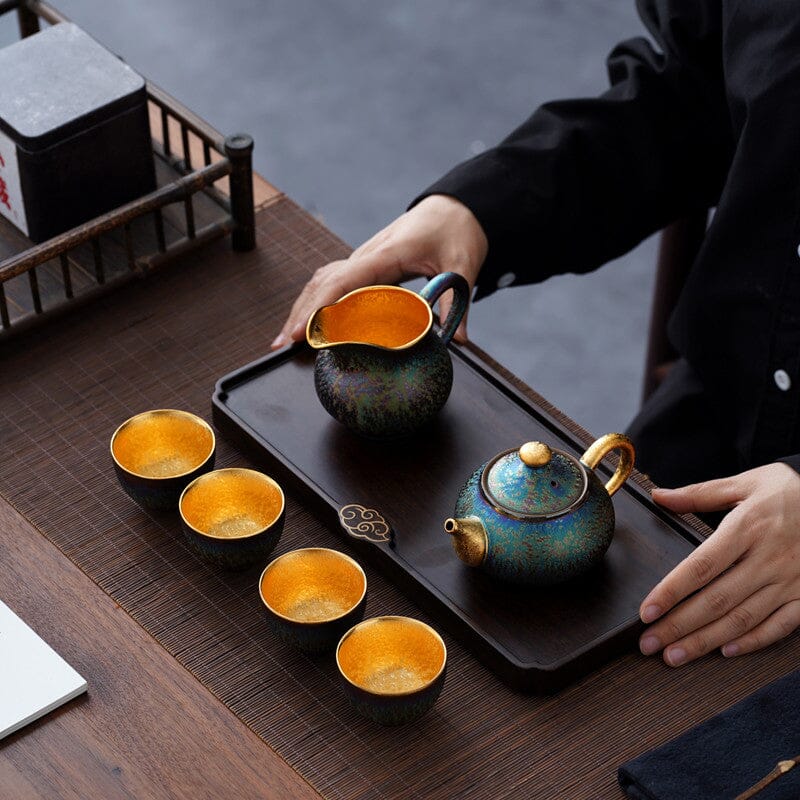
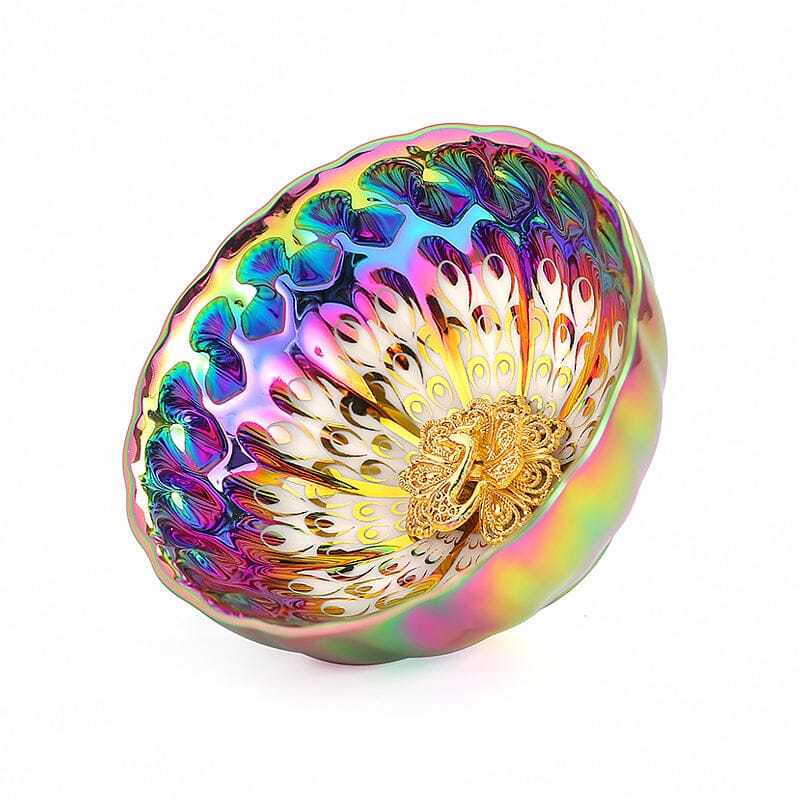


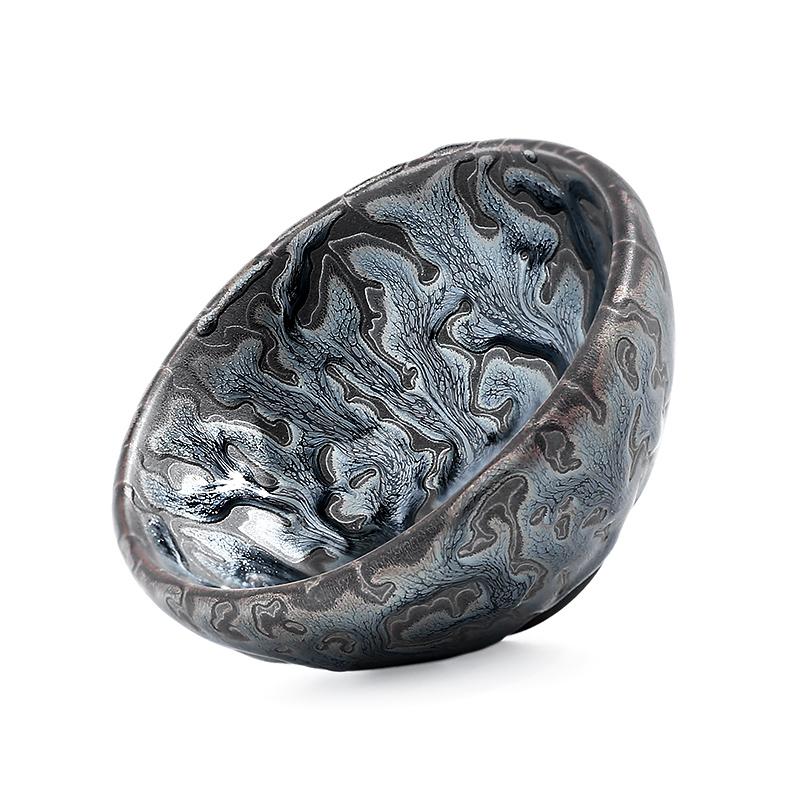
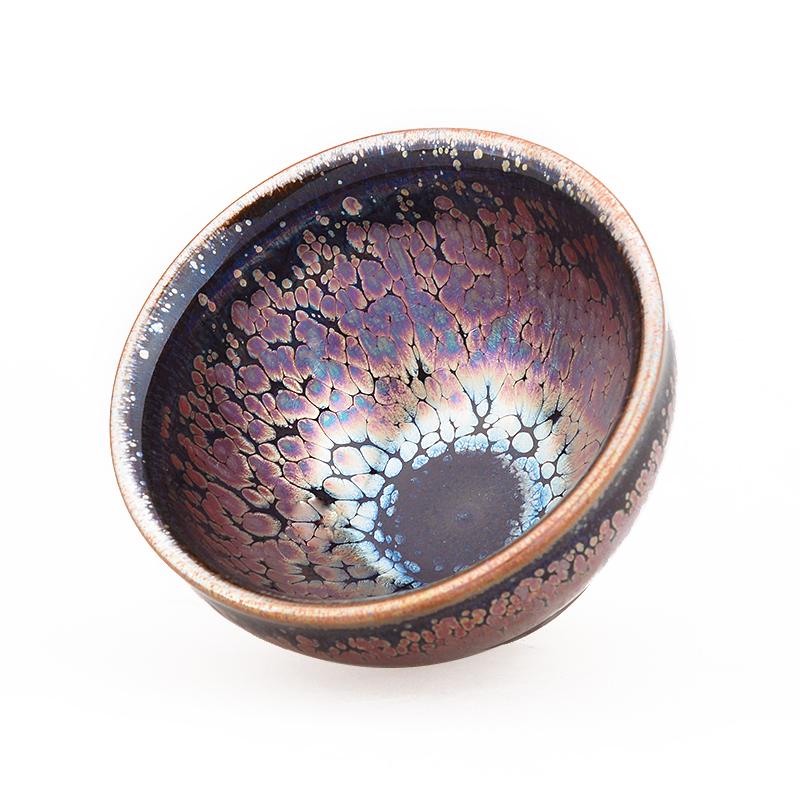
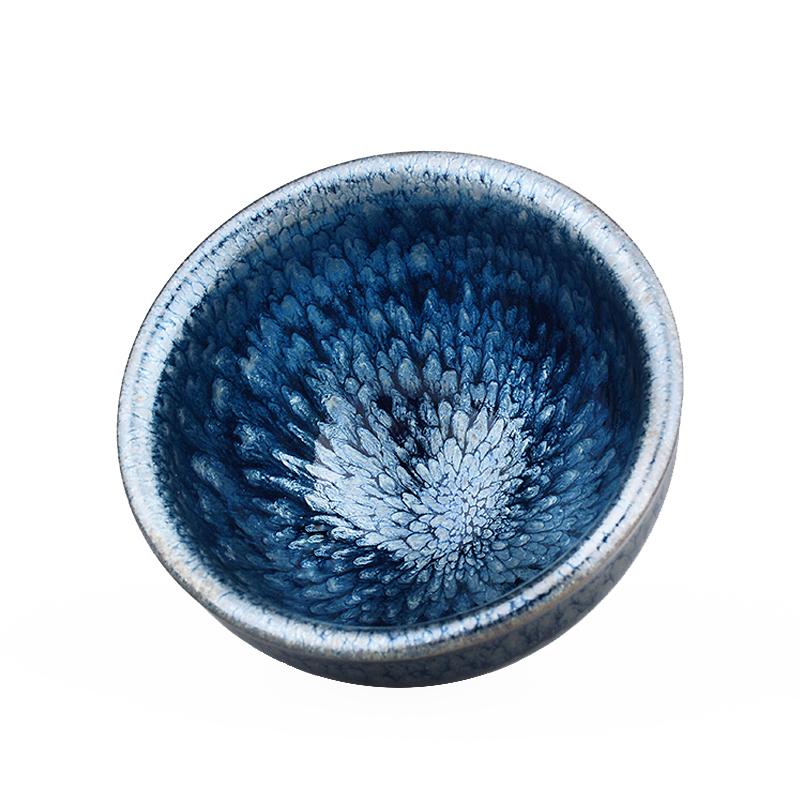
Share:
Spring Tea is on The Market, How to Choose Green Tea?
The Meaning of Chan Tea: Pu'er – A Guide to Mindful Practice Through Tea